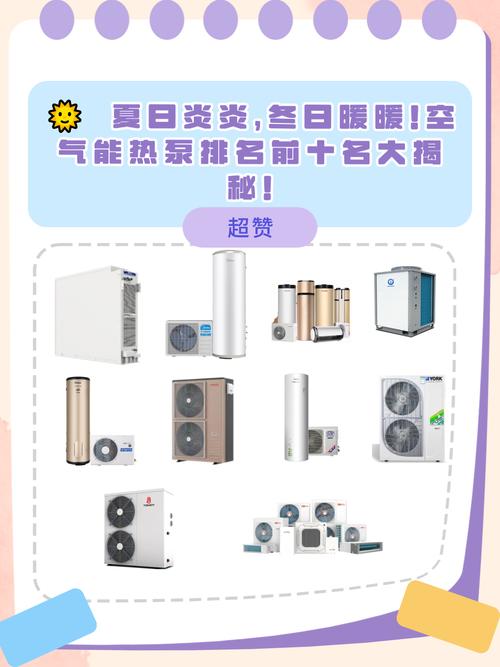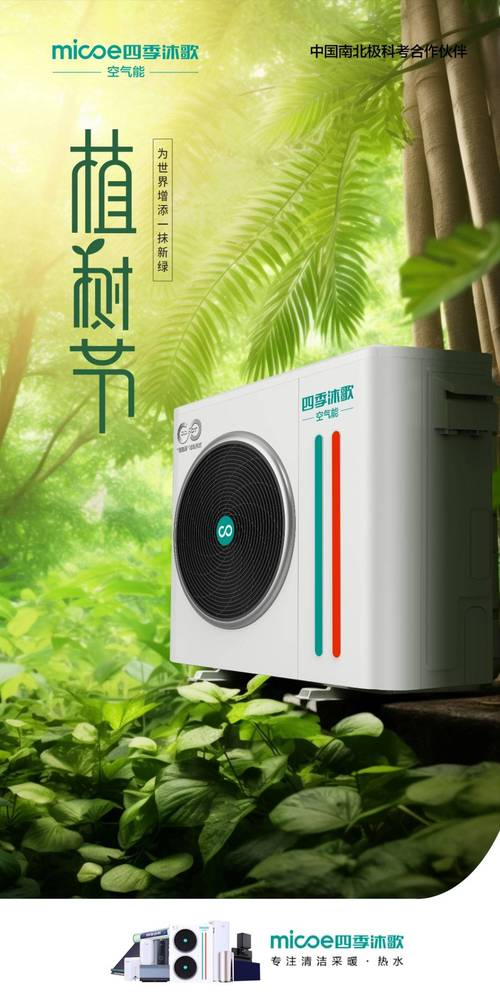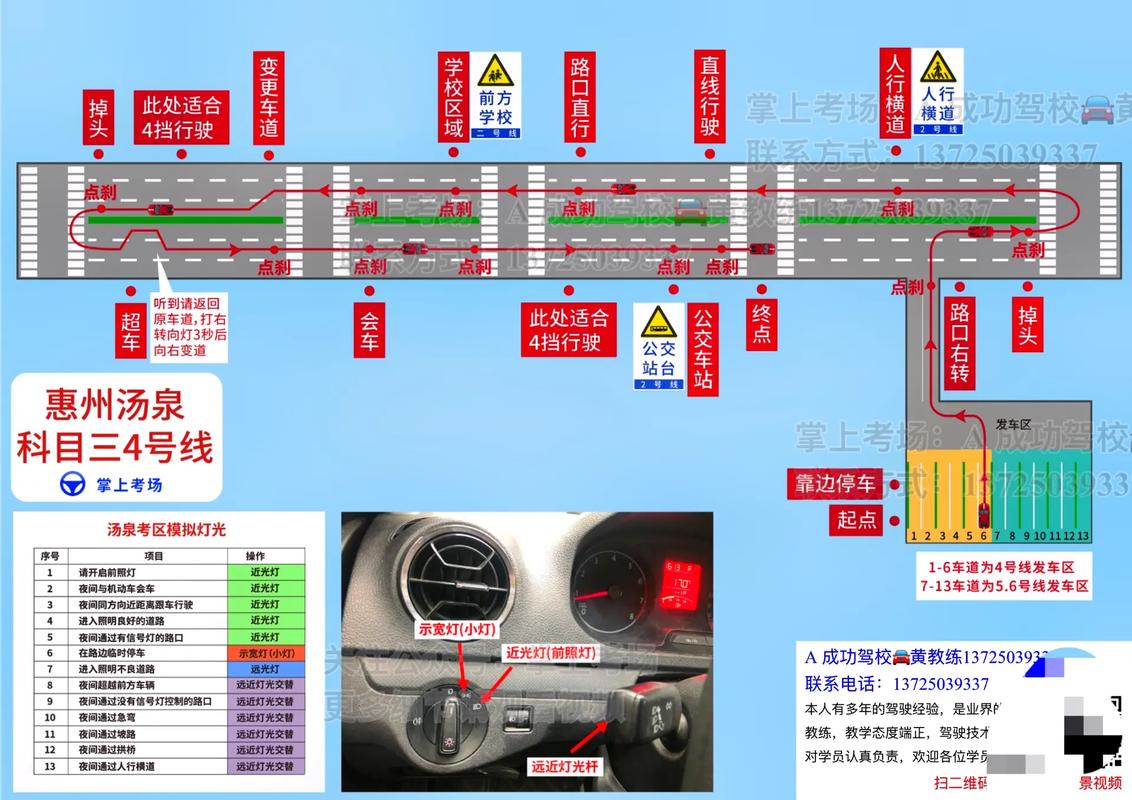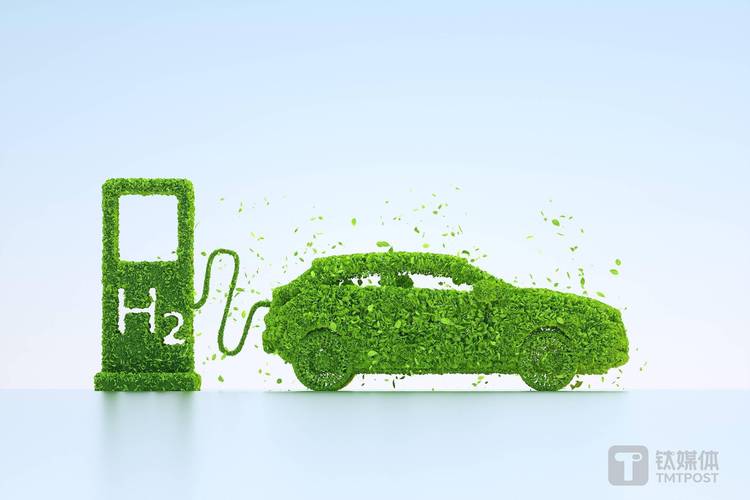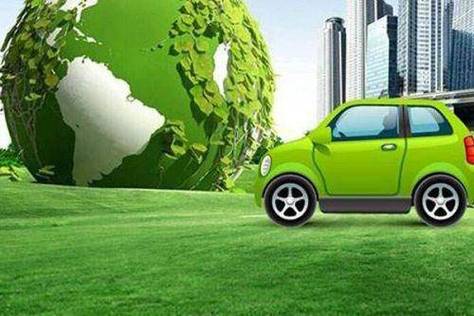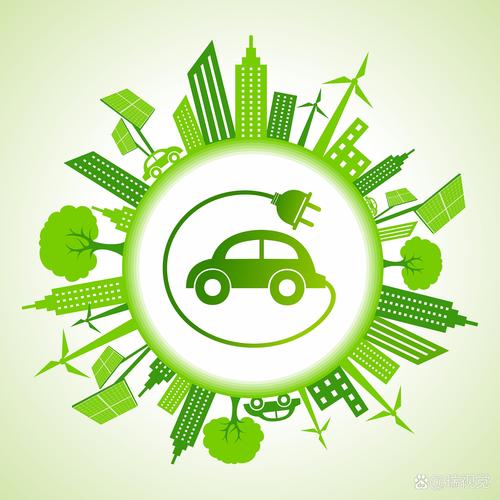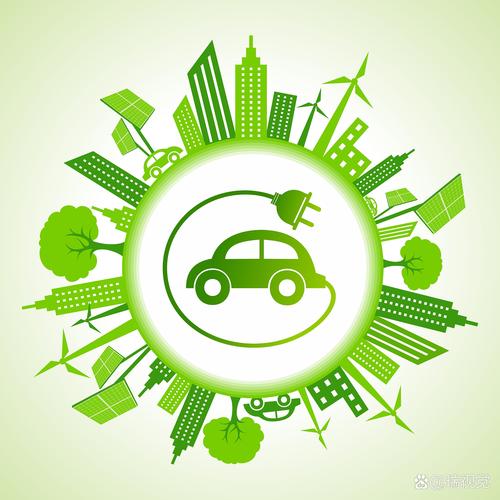In the era of rapid urbanization, air quality has become a critical concern for the health and well-being of city dwellers. The ability of air purification technologies to净化 (cleanse) the air we breathe has emerged as a groundbreaking solution to combat air pollution and its deleterious effects. This article delves into the significance of air purification, its mechanisms, and the transformative impact it has on urban environments.
The Rising Challenge of Air Pollution
Air pollution is a pressing issue that affects millions of people globally. According to the World Health Organization (WHO), air pollution is responsible for over 7 million premature deaths every year. The sources of air pollution are diverse, including vehicle emissions, industrial processes, and biomass burning. In urban areas, the concentration of pollutants is often higher due to the dense population and industrial activities.
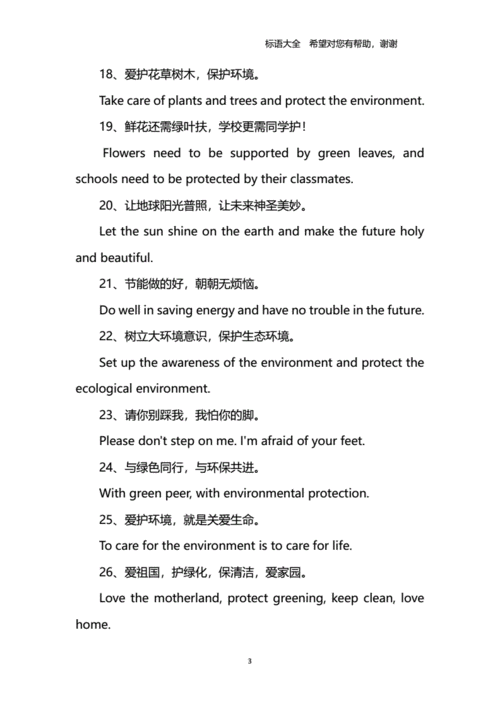
The Mechanisms of Air Purification
Air purification involves various techniques that effectively remove harmful pollutants from the air. One of the most common methods is the use of HEPA (High-Efficiency Particulate Air) filters, which can trap particles as small as 0.3 micrometers, including dust, pollen, and bacteria. Other technologies include ionization, which uses electrically charged particles to neutralize pollutants, and UV light, which destroys pathogens.
The Benefits of Air Purification
The benefits of air purification are multifaceted. Firstly, it improves respiratory health by reducing the exposure to allergens and irritants. A study published in the Journal of Exposure Science & Environmental Epidemiology found that the use of air purifiers in homes can significantly reduce the symptoms of asthma and allergies. Secondly, air purification can enhance overall well-being by creating a healthier indoor environment, leading to increased productivity and reduced absenteeism.
Transforming Urban Environments
The impact of air purification on urban environments is profound. Cities around the world are increasingly implementing air purification solutions in public spaces, such as parks and streets, to improve the air quality for all residents. For instance, Singapore has installed air purifiers in its subway stations and public transport vehicles, significantly reducing the air pollution levels.
Case Studies: Success Stories in Air Purification
Several case studies highlight the effectiveness of air purification in urban settings. In Beijing, the installation of large-scale air purification systems in industrial areas resulted in a significant decrease in the concentration of PM2.5, a harmful pollutant. Similarly, in Los Angeles, the use of air purifiers in schools and public buildings has been shown to improve the respiratory health of students and employees.
The Future of Air Purification
Looking ahead, the future of air purification is promising. Advancements in technology are making air purification systems more efficient and cost-effective. Companies are also focusing on developing portable air purifiers that can be used in homes and offices. Additionally, the integration of air purification with smart technology is expected to provide personalized air quality solutions.
Conclusion
The ability of air purification to净化 (cleanse) the air we breathe is a vital component in the fight against air pollution. As urbanization continues to grow, the importance of air purification technologies in enhancing urban quality of life cannot be overstated. By improving respiratory health, creating healthier indoor environments, and transforming urban landscapes, air purification is paving the way for a cleaner, healthier future for all.



